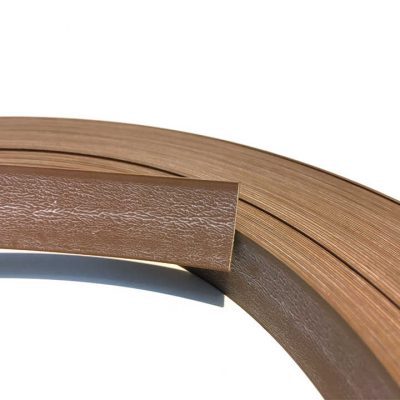If your edge banding is not sticking properly, there could be several reasons for this issue. Here are some common factors to consider and troubleshooting steps:
- Surface Preparation:
- Problem: The substrate surface may not be properly prepared. It should be clean, smooth, and free from dust, grease, or any contaminants.
- Solution: Ensure that the substrate edges are clean and smooth. Wipe the edges with a clean, dry cloth to remove any dust or debris. If the edges are rough, consider sanding them for better adhesion.
- Adhesive Activation:
- Problem: If you are using pre-glued edge banding, the adhesive may not have been adequately activated.
- Solution: Apply sufficient heat using a household iron or a specialized edge banding machine. Follow the manufacturer’s recommended temperature and duration for activation. Apply even pressure during the process.
- Adhesive Quality:
- Problem: The adhesive on the edge banding may be of low quality or may have deteriorated.
- Solution: Ensure that you are using high-quality edge banding with a reliable adhesive. Check the expiration date if applicable. If the edge banding is old, the adhesive may have lost its effectiveness.

- Incorrect Temperature:
- Problem: If using a heat-activated adhesive, the temperature may be too low, or the heat application may not be even.
- Solution: Adjust the temperature of the iron or edge banding machine to the recommended level. Move the heat source evenly along the edge banding to ensure uniform activation.
- Moisture or Contaminants:
- Problem: Moisture or contaminants on the substrate surface can prevent proper adhesion.
- Solution: Ensure that the substrate is dry and free from any moisture or contaminants. Wipe the edges with a clean, dry cloth before applying the edge banding.
- Inadequate Pressure:
- Problem: Sufficient pressure may not have been applied during the adhesion process.
- Solution: Use a roller or apply firm pressure using a clean cloth immediately after applying the edge banding. Ensure even pressure across the entire length.
- Old or Improperly Stored Edge Banding:
- Problem: Edge banding that is old or improperly stored may have lost its adhesive properties.
- Solution: Use fresh edge banding that has been stored according to the manufacturer’s recommendations. Improper storage, such as exposure to extreme temperatures, can affect the adhesive quality.
- Application Errors:
- Problem: Incorrect application techniques, such as uneven pressure or incorrect alignment, can lead to poor adhesion.
- Solution: Apply the edge banding carefully, ensuring proper alignment and even pressure. Double-check the position before applying heat to activate the adhesive.
If you’ve addressed these common issues and the edge banding is still not sticking, consider consulting the manufacturer’s guidelines or reaching out to the supplier for specific recommendations or troubleshooting assistance.

